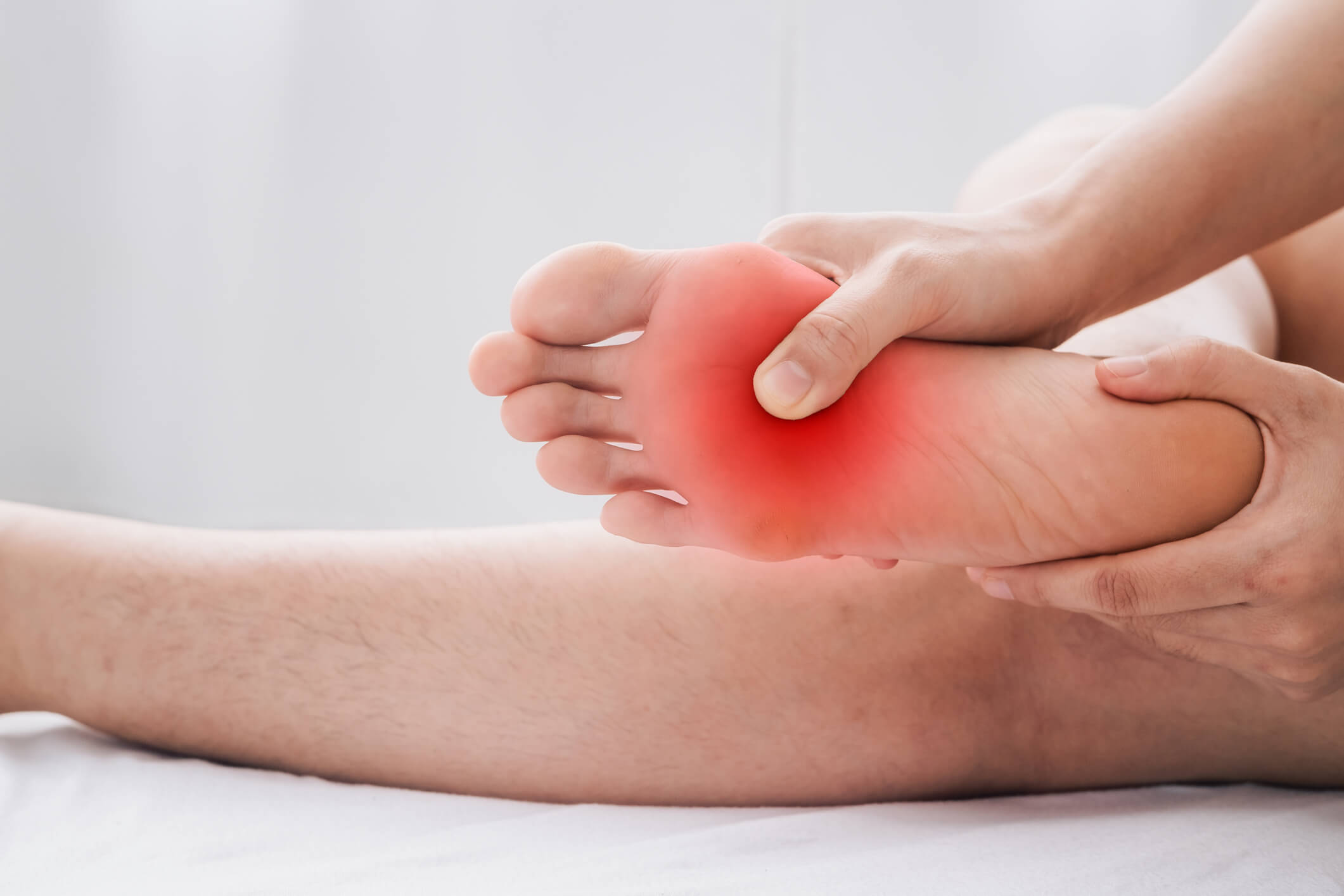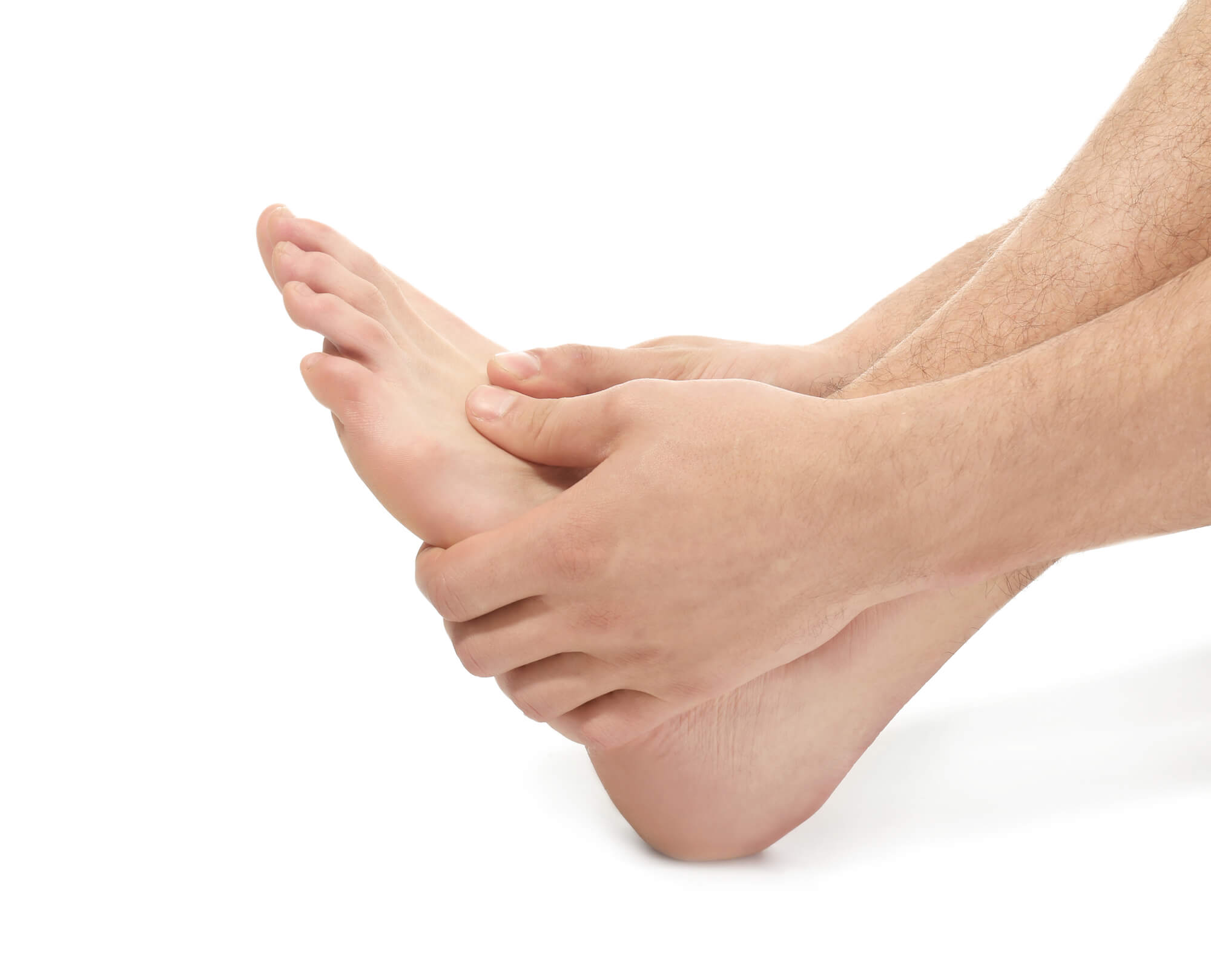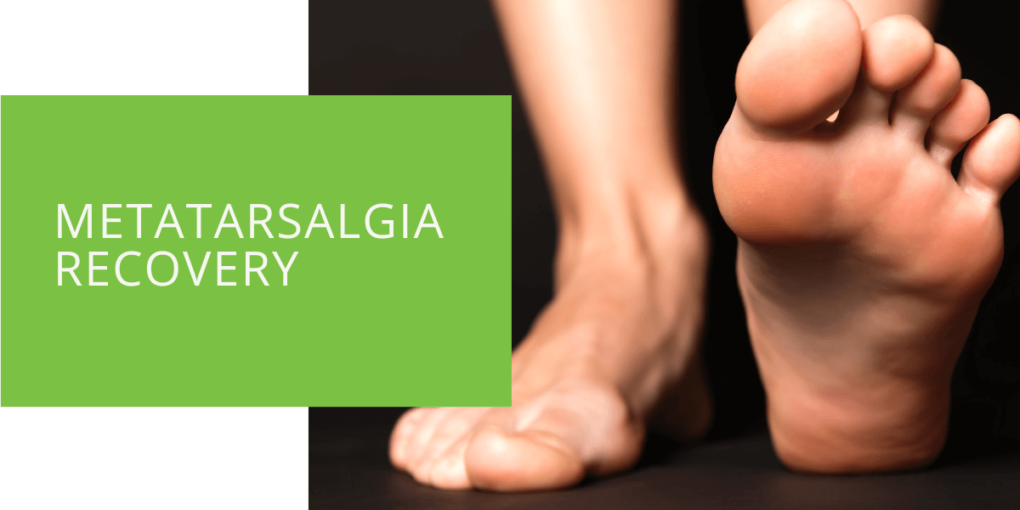Metatarsalgia Recovery: Understanding the Healing Process
Metatarsalgia is a painful condition that affects the ball of the foot, particularly the metatarsal bones. It can be caused by various factors such as stress fractures, inflammation, ill-fitting shoes, and pre-existing foot conditions. This article will discuss the different phases of recovery, factors affecting recovery time, and tips for a faster metatarsalgia recovery.
What is Metatarsalgia?
Metatarsalgia is a condition that affects the metatarsal bones, which connect the toes to the midfoot. The condition is characterized by pain and discomfort in the ball of the foot, which can be a dull ache, sharp shooting pain, or a burning sensation. The affected area may also feel tender or swollen.
Causes of Metatarsalgia
Metatarsalgia can be caused by various factors, including:
- High-impact sports or activities
- Ill-fitting shoes, particularly high heels or shoes with a narrow-toe box
- Excessive standing or walking on hard surfaces
- Stress fractures or inflammation of the metatarsal bones
- Ligament or muscle injuries in the foot and ankle
- Pre-existing foot conditions, such as a hammertoe or Morton's neuroma
- Pressure on the metatarsal heads, particularly in the second toe.

Symptoms of Metatarsalgia
The most common symptom of metatarsalgia is pain in the ball of the foot. The pain may also radiate to the toes, and the affected area may feel tender or swollen. You may also experience a numbness or tingling sensation in the toes.
Recovery from Metatarsalgia
Recovery from metatarsalgia can be a slow and frustrating process, but it is manageable with proper diagnosis, treatment, and care. The recovery time depends on several factors, including the severity of the injury or condition, the age and overall health of the patient, compliance with the treatment plan, and pre-existing medical conditions.
Phases of Recovery
Recovery from metatarsalgia can be divided into three phases: acute, subacute, and chronic. Each phase has unique characteristics and requires specific treatment approaches.
Acute Phase
The acute phase of metatarsalgia recovery occurs in the first few days to a week after the onset of symptoms. During this phase, the affected area may experience significant pain and swelling. Patients are advised to rest, ice the affected area for 20 minutes, and elevate their feet to reduce swelling. Wearing comfortable shoes with a cushioned sole and avoiding activities that exacerbate the pain are also recommended during this phase.
Subacute Phase
The subacute phase of metatarsalgia recovery typically occurs in the second to fourth week after the onset of symptoms. During this phase, patients will begin to see an improvement in their symptoms, but they may still experience some discomfort. Physical therapy or stretching exercises may be recommended to promote healing and prevent future injuries. Orthotic devices, such as insoles or metatarsal pads, may provide additional support and cushioning to the affected area.
Chronic Phase
The chronic phase of metatarsalgia recovery can last several months. During this phase, patients will experience less pain and more mobility in the affected area. Physical therapy or orthotic devices may be recommended to prevent recurrence of the condition. Patients may also be advised to change their footwear or activities to prevent further injury. Maintaining a healthy weight and lifestyle can also contribute to long-term foot health and prevent future problems.

Tips for a Faster Recovery Time
Metatarsalgia recovery can be a slow and frustrating process, but patients can speed up the healing process by following these tips:
Follow the Treatment Plan
A proper diagnosis and treatment plan from a podiatrist can help patients recover faster from metatarsalgia. It is important to follow the treatment plan recommended by the podiatrist, which may include rest, ice therapy, stretching exercises, physical therapy, or the use of orthotic devices.
Rest and Ice the Affected Area
Rest and ice therapy are essential components of metatarsalgia recovery. Patients should rest the affected foot and avoid activities that exacerbate the pain. Ice therapy can help reduce swelling and pain by constricting the blood vessels in the affected area. Patients should apply an ice pack for 20 minutes, several times daily.
Stretch and Strengthen the Muscles and Ligaments
Stretching and strengthening exercises can help promote healing and prevent future injuries. Physical therapy or stretching exercises recommended by a podiatrist can help improve flexibility, range of motion, and strength in the affected area.
Wear Proper Footwear with a Cushioned Sole and Roomy Toe Box
Ill-fitting shoes can cause or exacerbate metatarsalgia. Patients should wear proper footwear with a cushioned sole and a roomy toe box that allows their toes to move freely. High heels or shoes with a narrow toe box should be avoided.
Use Orthotic Devices, such as Insoles or Metatarsal Pads
Orthotic devices, such as insoles or metatarsal pads, can provide additional support and cushioning to the affected area. They can also help redistribute pressure away from the metatarsal heads, reducing pain and discomfort.
Maintain a Healthy Weight
Maintaining a healthy weight can help reduce pressure on the feet and prevent future foot problems. Excess weight can cause additional strain on the feet and exacerbate the symptoms of metatarsalgia.
When to See a Podiatrist for Metatarsalgia
It is important to see a podiatrist for a thorough evaluation if the patient experiences persistent foot pain, difficulty walking or standing, or redness, swelling, or infection in the affected area. Early diagnosis and treatment of metatarsalgia can help prevent further damage and promote faster healing.
Conclusion
Recovering from metatarsalgia can be challenging, but with proper diagnosis, treatment, and care, patients can recover and return to normal activities. Following a comprehensive treatment plan and being patient and persistent can minimize their recovery time and prevent future foot problems. Remember to take care of your feet and seek help from a podiatrist if experiencing any foot pain or discomfort.

